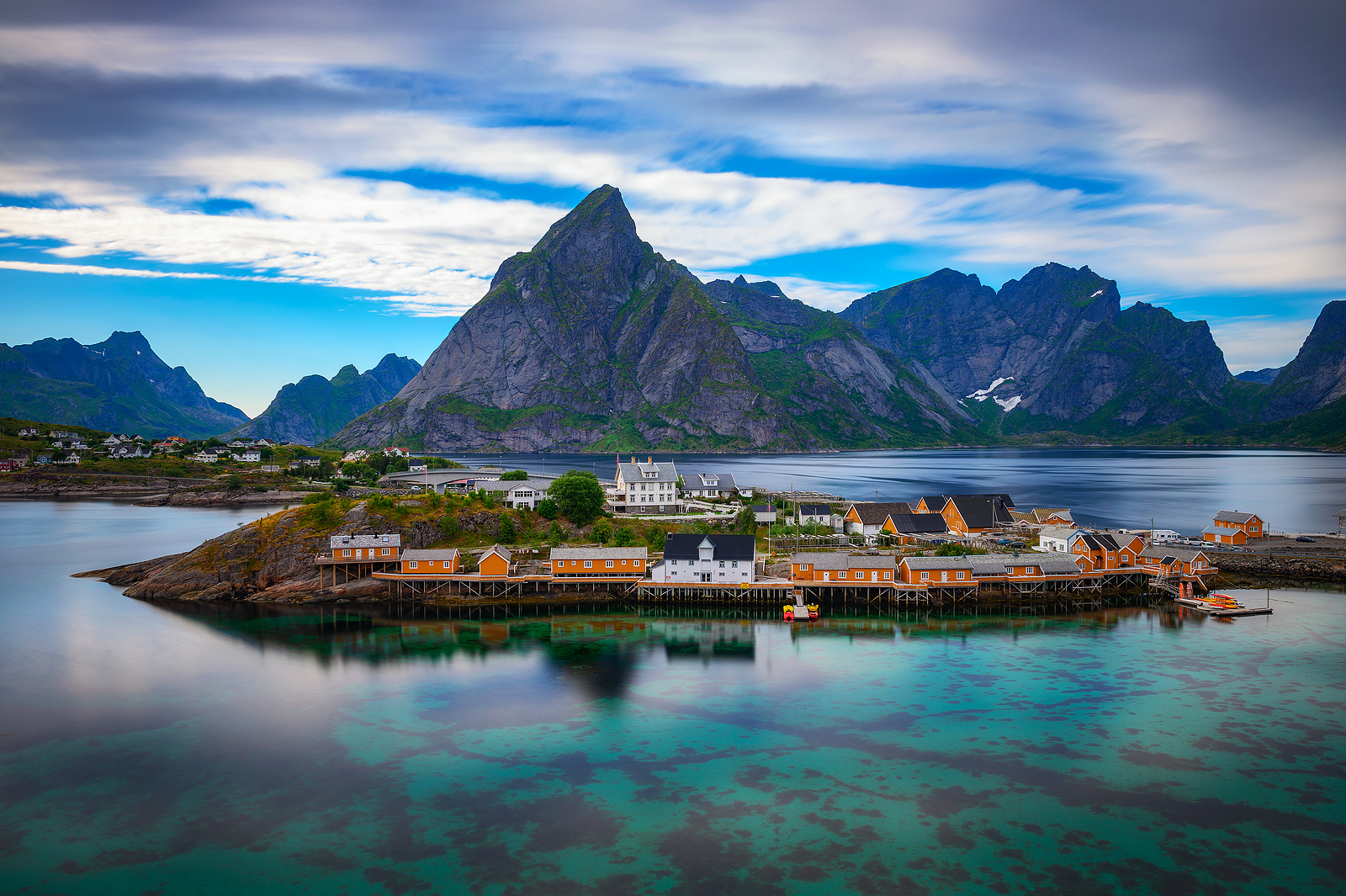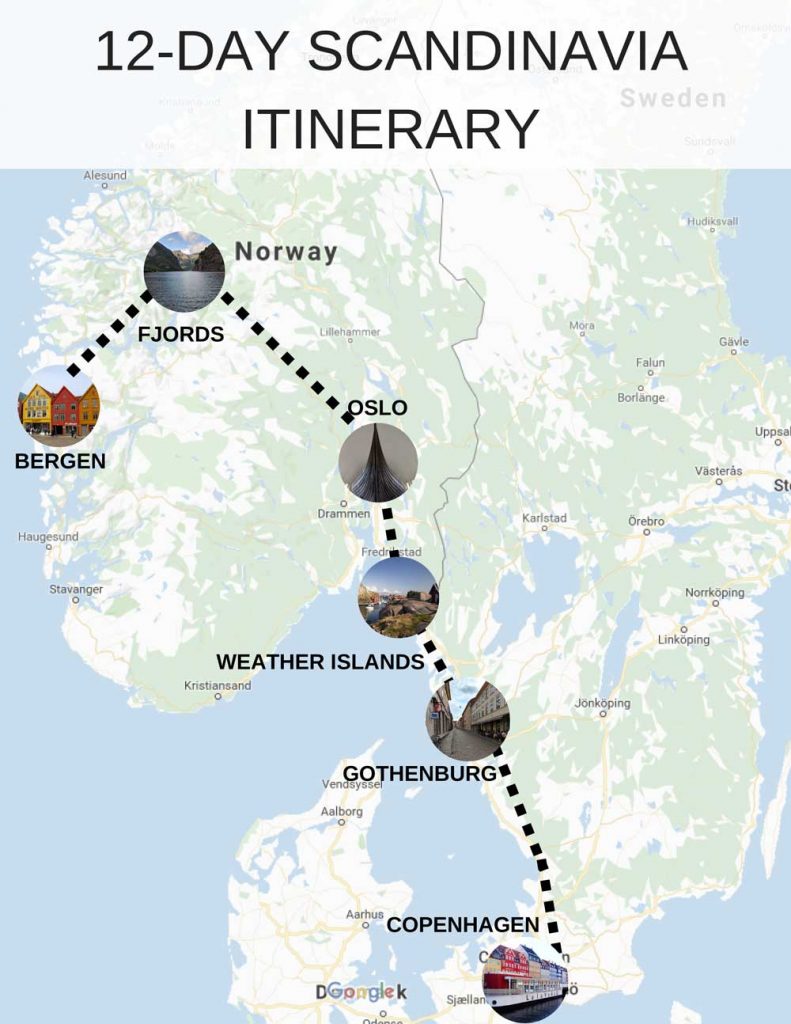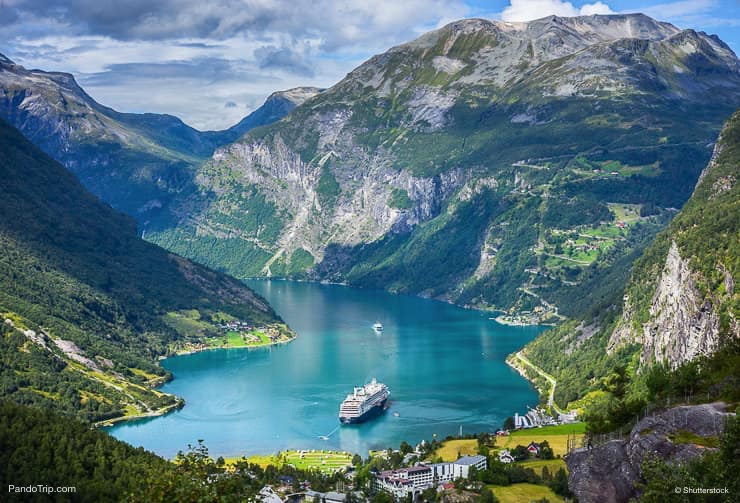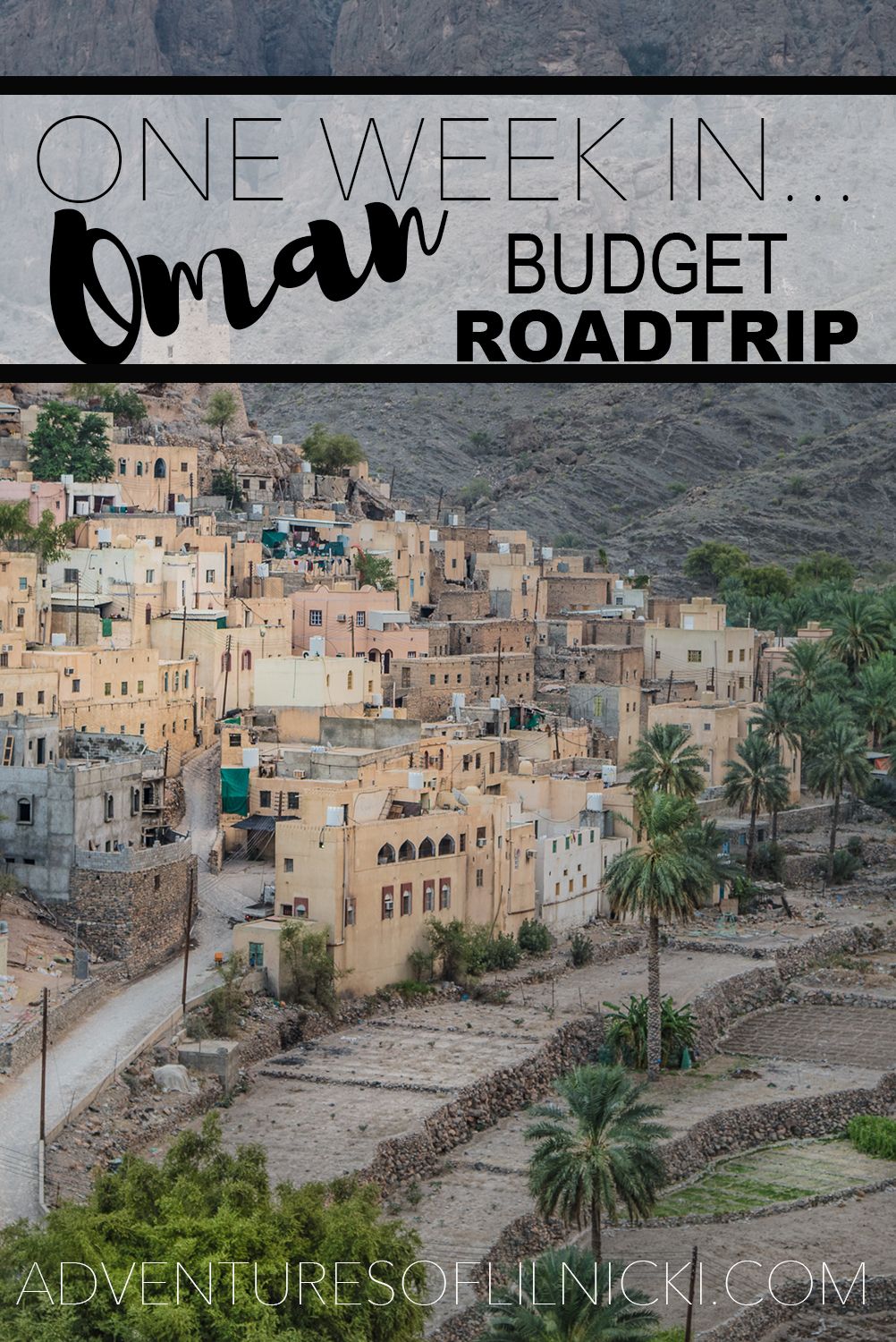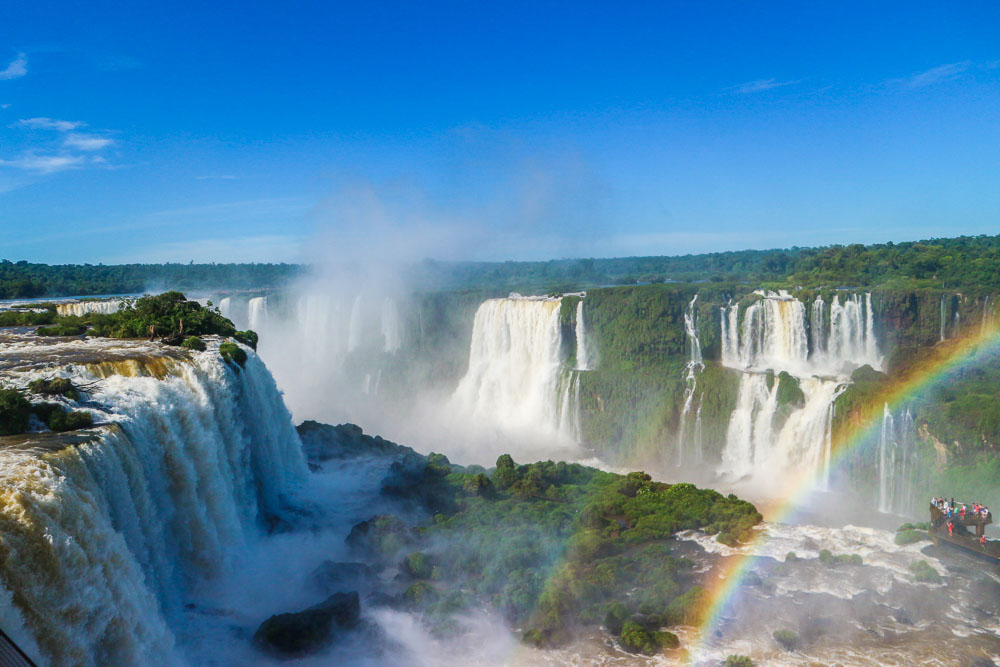
The earth trembles. A thunderous symphony of cascading water fills the air, a visceral sensation that transcends mere sight. Iguazu Falls, a UNESCO World Heritage site and one of the New Seven Wonders of Nature, is not just a destination; it’s an immersion into the raw, untamed power of our planet. Spanning the border between Argentina and Brazil, this colossal network of waterfalls offers a breathtaking spectacle that has captivated travelers for centuries. But to truly savor its magic, a little preparation goes a long way. This comprehensive guide will equip you with everything you need to know for an unforgettable journey to Iguazu Falls, from its ancient origins to the practicalities of getting there and back.
A Glimpse into History: Where Legends and Water Collide
The story of Iguazu Falls is as ancient and captivating as the falls themselves. Indigenous Guarani legends speak of a vengeful serpent god who carved the falls into existence to drown his forbidden lover and her mortal paramour. The name "Iguazu" itself is derived from the Guarani words "y" (water) and "guasu" (big), aptly translating to "big water."
Related Articles about The Roar of Nature: Your Ultimate Guide to Experiencing Iguazu Falls:
- Copenhagen: A Symphony of History, Charm, and Modernity
- A Traveler’s Guide to Hanoi: A City Steeped in History and Charm
- Austria’s Enduring Charm: A Grand Tour of Its Best Tourist Attractions
- Unveiling the Joys of France: A Comprehensive Guide to Experiences
- Journey Through Time: Unveiling the Wonders of Petra with Essential Travel Tips
European explorers first encountered the falls in the 16th century, with the Spanish conquistador Álvar Núñez Cabeza de Vaca being among the first Europeans to document their existence. For centuries, the falls remained largely a remote natural wonder, accessible only to indigenous tribes and intrepid explorers.
The 20th century saw increasing efforts to preserve and showcase this natural marvel. In 1934, Iguazú National Park was established on the Argentine side, followed by Iguaçu National Park on the Brazilian side. These parks, now recognized globally for their biodiversity and ecological importance, ensure that the falls and their surrounding rainforest remain protected for generations to come. The ongoing dedication to conservation has allowed Iguazu Falls to retain its pristine beauty, a testament to the power of nature and human foresight.
Main Attractions: A Symphony of Water and Wonder
Iguazu Falls is not a single entity but a breathtaking panorama of approximately 275 individual waterfalls, stretching over 2.7 kilometers. The sheer scale and diversity of the falls offer a multitude of vantage points and experiences.
On the Argentine Side (Parque Nacional Iguazú):
The Argentine side provides a more intimate and immersive experience, allowing you to get incredibly close to the thundering cascades.
- Garganta del Diablo (Devil’s Throat): This is the undisputed crown jewel of Iguazu. A U-shaped gorge over 80 meters high and 150 meters wide, the Devil’s Throat is where the most powerful and dramatic section of the falls converges. A long, elevated walkway leads you right to the edge, where you’ll be enveloped in a cloud of mist and the deafening roar of millions of liters of water plunging into the abyss. Be prepared to get wet – it’s part of the exhilarating experience!
- Circuito Superior (Upper Circuit): This elevated walkway offers panoramic views of the falls from above. It’s a gentler walk, providing stunning perspectives of the water cascading over the cliffs and the lush rainforest surrounding them.
- Circuito Inferior (Lower Circuit): This circuit takes you closer to the base of some of the falls, offering a more dynamic and thrilling perspective. You can feel the spray and hear the power up close.
- Isla San Martín (San Martín Island): Accessible by a small ferry, this island offers fantastic views of the falls and the surrounding landscape. You can also hike to a viewpoint that directly overlooks the Devil’s Throat.
- Macuco Safari Boat Trip: For the ultimate adrenaline rush, this boat tour takes you right to the base of some of the most powerful falls, including the Devil’s Throat. You will get soaked, but the thrill of being so close to such immense power is unparalleled.
On the Brazilian Side (Parque Nacional do Iguaçu):
The Brazilian side offers a more sweeping, postcard-perfect view of the entire falls system.
- The Panoramic Walkway: This is the main attraction on the Brazilian side. A long, well-maintained walkway extends out over the river, offering breathtaking panoramic vistas of the Argentine falls, including the majestic Devil’s Throat. It’s the ideal place for those iconic, wide-angle photographs.
- Foz do Iguaçu City Views: From various points along the walkway, you can see the sheer scale of the falls and the vastness of the rainforest. The Brazilian side provides a sense of the grandeur and the sheer number of individual cascades.
- Parque das Aves (Bird Park): Located just outside the national park, this is a must-visit. It’s a sanctuary for a stunning array of tropical birds, including toucans, macaws, and flamingos. You can walk through large aviaries, getting incredibly close to these vibrant creatures.
- Itaipu Dam: While not directly a waterfall attraction, the Itaipu Dam, one of the world’s largest hydroelectric power plants, is a significant feat of engineering and a worthwhile visit if you have time.
Travel Tips: Navigating Your Iguazu Adventure
To make your trip to Iguazu Falls as smooth and enjoyable as possible, consider these essential tips:
- Visa Requirements: Check the visa requirements for your nationality for both Argentina and Brazil. Many nationalities can enter both countries visa-free for tourism for a certain period, but it’s crucial to verify.
- Currency: Argentina uses the Argentine Peso (ARS), and Brazil uses the Brazilian Real (BRL). It’s advisable to have some local currency on hand for smaller purchases, though credit cards are widely accepted in most tourist areas.
- Language: Spanish is spoken in Argentina, and Portuguese in Brazil. While English is spoken in tourist hubs, learning a few basic phrases in Spanish and Portuguese will be greatly appreciated by locals.
- What to Pack:
- Rain Gear: A waterproof jacket or poncho is absolutely essential, especially on the Argentine side.
- Waterproof Bag: To protect your electronics and valuables from the spray.
- Comfortable Walking Shoes: You’ll be doing a lot of walking on varied terrain.
- Sunscreen and Hat: The sun can be intense, even when it’s cloudy.
- Insect Repellent: Essential for the rainforest environment.
- Swimsuit and Quick-Dry Towel: If you plan on taking the boat trip or want to embrace the mist.
- Camera: To capture the incredible scenery.
- Hydration: Drink plenty of water, especially during the warmer months.
- Respect the Environment: Stay on designated paths, do not feed the wildlife, and dispose of trash properly.
- Book in Advance: For accommodations, popular tours (especially the Macuco Safari), and during peak season, booking in advance is highly recommended.
- Patience: Iguazu Falls is a popular destination, so expect crowds, especially at the Devil’s Throat. Embrace the experience and enjoy the spectacle.
- Consider Both Sides: While you can see the falls from one side, experiencing both the Argentine and Brazilian perspectives is highly recommended for a complete appreciation of their scale and beauty.
Best Time to Visit: Chasing the Perfect Spray
The best time to visit Iguazu Falls largely depends on your preference for weather and crowds.
- March to May (Autumn): This is often considered the ideal time to visit. The weather is pleasant, with average temperatures ranging from 20°C to 28°C (68°F to 82°F). The humidity is lower, and the rainfall is less frequent. The falls are still powerful, and the surrounding rainforest is lush and vibrant. Crowds are moderate.
- September to November (Spring): Similar to autumn, spring offers comfortable temperatures and less humidity. The vegetation is blooming, making the surroundings even more picturesque. Crowds are also manageable.
- December to February (Summer): This is the wettest period, with higher humidity and frequent, intense rain showers. While the falls are at their most powerful during this time, the humidity can be oppressive, and the mist can be so thick that visibility is reduced. It’s also peak tourist season, so expect larger crowds and higher prices.
- June to August (Winter): This is the driest period, meaning the water flow might be slightly less dramatic than during the wet season. However, the temperatures are cooler, averaging around 18°C to 25°C (64°F to 77°F), making it comfortable for exploring. The humidity is low, and there are fewer crowds.
Key Considerations:
- Water Levels: The falls are always impressive, but the water flow is at its peak during the wet season (December-March) and can be slightly reduced during the dry season (June-August).
- Crowds: Avoid major holidays and school breaks if you prefer fewer people.
Nearby Hotels: Rest and Recharge Amidst Nature’s Grandeur
The towns of Puerto Iguazú (Argentina) and Foz do Iguaçu (Brazil) offer a range of accommodation options to suit every budget and preference.
Argentine Side (Puerto Iguazú):
- Luxury:
- Gran Meliá Iguazú: The only hotel located inside Iguazú National Park, offering unparalleled views of the falls directly from its rooms and common areas. A truly unforgettable experience.
- Belmond Hotel das Cataratas (Brazil, but accessible): While technically on the Brazilian side, its proximity and luxury status make it a contender if you’re focusing on high-end stays.
- Mid-Range:
- Amerian Portal del Iguazú Hotel: Offers comfortable rooms, a pool, and good amenities, located a short drive from the falls.
- Exe Hotel Cataratas: A good option with a pleasant atmosphere and convenient location.
- Budget-Friendly:
- Hostels and Guesthouses: Puerto Iguazú has a good selection of hostels and smaller guesthouses offering affordable accommodation.
Brazilian Side (Foz do Iguaçu):
- Luxury:
- Belmond Hotel das Cataratas: As mentioned, this is the only hotel located within the Brazilian national park, offering an exclusive and breathtaking experience.
- Mid-Range:
- Wyndham Golden Foz Suítes: A popular choice with spacious suites and excellent facilities.
- Bourbon Cataratas do Iguaçu Resort: A large resort with extensive amenities, including pools, restaurants, and activities.
- Budget-Friendly:
- Foz do Iguaçu City: The city offers numerous hotels, hostels, and budget-friendly options, many of which are well-connected to the national park.
Local Food: A Taste of the Tropics
The culinary scene around Iguazu Falls offers a delightful fusion of Argentine and Brazilian flavors, with a strong emphasis on fresh, local ingredients.
Argentine Cuisine (Puerto Iguazú):
- Asado (Barbecue): Argentina is renowned for its beef, and you can enjoy succulent grilled meats, including various cuts of steak, chorizo, and morcilla.
- Empanadas: Savory pastries filled with meat, chicken, vegetables, or cheese. A perfect snack or light meal.
- Locro: A hearty stew made with corn, beans, meat, and vegetables, often enjoyed during colder months.
- Dulce de Leche: A sweet caramel spread that is a national obsession, found in desserts, pastries, and as a filling.
- Mate: The traditional Argentine herbal infusion, often shared communally.
Brazilian Cuisine (Foz do Iguaçu):
- Churrasco: Similar to Argentine asado, but with its own distinct Brazilian flair. Various meats are slow-roasted on skewers and carved directly onto your plate.
- Feijoada: A rich and flavorful black bean stew with various cuts of pork and beef, typically served with rice, farofa (toasted cassava flour), and orange slices.
- Moqueca: A flavorful fish stew cooked in coconut milk, dendê oil (palm oil), and spices.
- Pão de Queijo: Delicious, cheesy bread rolls made with tapioca flour.
- Tropical Fruits: Indulge in the abundance of fresh, exotic fruits like mango, papaya, pineapple, and passion fruit.
Where to Eat:
- Restaurants in the towns: Both Puerto Iguazú and Foz do Iguaçu have a wide array of restaurants, from casual eateries to more upscale dining experiences.
- Park Restaurants: The national parks offer restaurants and snack bars, convenient for refueling during your explorations.
Transportation Options: Getting to and Around the Falls
Navigating your way to Iguazu Falls and exploring the surrounding areas is relatively straightforward.
Getting to Iguazu Falls:
- By Air: The most convenient way to reach Iguazu Falls is by flying.
- Puerto Iguazú International Airport (IGR), Argentina: Serves domestic flights from Buenos Aires and other major Argentine cities.
- Foz do Iguaçu International Airport (IGU), Brazil: Serves domestic flights from major Brazilian cities like São Paulo and Rio de Janeiro, as well as some international flights.
- By Bus: Long-distance buses are available from major cities in Argentina (e.g., Buenos Aires) and Brazil (e.g., São Paulo, Rio de Janeiro). This is a more economical option but takes significantly longer.
Getting Between the Argentine and Brazilian Sides:
- Shuttle Buses: Regular shuttle buses operate between Puerto Iguazú and Foz do Iguaçu, making it easy to cross the border and visit both national parks.
- Taxis: Taxis are readily available for cross-border travel, but they will be more expensive.
- Rental Car: If you prefer to have your own transportation, you can rent a car. However, be aware of border crossing procedures and potential surcharges for international travel.
Getting Around the National Parks:
- Argentine Side:
- Trains: A small ecological train runs within the park, connecting the entrance to the Garganta del Diablo station.
- Walking: The park is designed for walking, with well-maintained trails and walkways.
- Boats: Various boat tours operate within the park, taking you to different sections of the falls.
- Brazilian Side:
- Buses: Buses operate within the park, connecting different viewpoints and attractions.
- Walking: The main walkway is a pleasant stroll.
From the Airport to the Towns:
- Taxis: Available at both airports.
- Airport Shuttles: Many hotels offer airport shuttle services.
- Public Buses: A more economical option, but may require transfers.
Conclusion: An Encounter with the Sublime
Iguazu Falls is more than just a tourist attraction; it’s a profound encounter with the sublime power of nature. Whether you’re standing on the edge of the Devil’s Throat, mesmerized by the panoramic vistas from Brazil, or immersing yourself in the vibrant rainforest, the falls will leave an indelible mark on your soul. By understanding its history, planning your visit strategically, and embracing the practical tips, you can ensure your journey to this natural wonder is as awe-inspiring and seamless as the cascades themselves. So, pack your bags, open your senses, and prepare to be captivated by the roar of Iguazu Falls.


